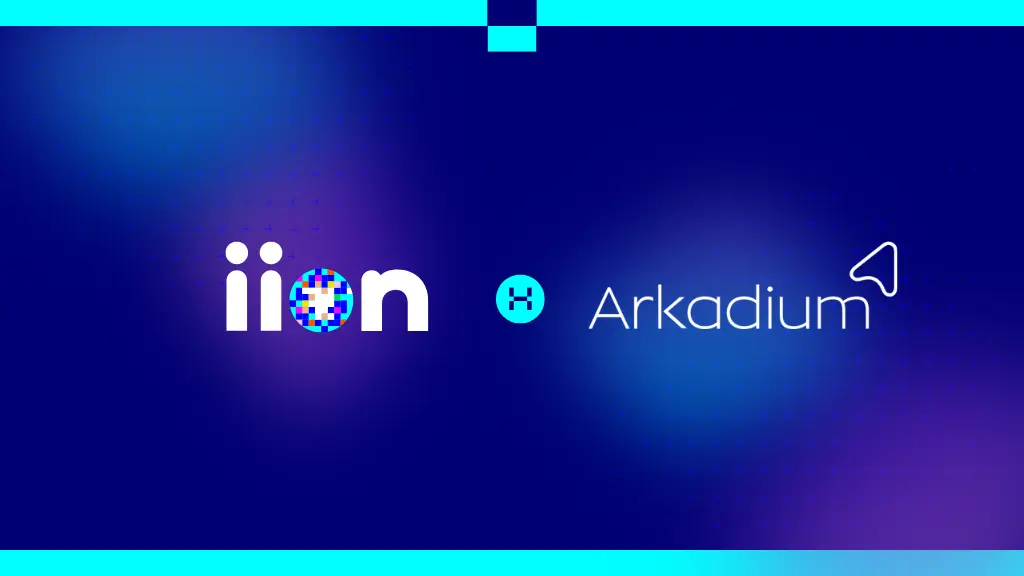AdTech
Interstitial Ads vs Rewarded Ads: Which One Performs Better For Gaming Apps?

Interstitial Ads vs Rewarded Ads: A Detailed Comparison
Video ads are crucial in mobile gaming, a sector that commands over 60% of the $200+ billion gaming market.
Which means choosing the right ad format is vital to engage players effectively without ensuring maximum revenue and player retention.
In this article, we'll compare interstitial and rewarded ads, discuss their advantages, and identify the most suitable format for mobile games, and explore another emerging ad format.
What are Interstitial Ads?
Interstitial ads are full-screen ads that appear during natural breaks through the users' mobile gaming journey. These natural transition points or pauses include level changes, task completions, or when a video file ends.
These popular gaming app ads offer a range of interactions but can disrupt the user experience if not used thoughtfully.
Interstitial ads give viewers the option to skip or exit to continue exploring the mobile gaming app content further.
Interstitial ads come in three main formats: static, rewarded, and interactive interstitials.
In game advertising specifically, interstitials mainly use video.
Static interstitials are straightforward, non-interactive ads. Whereas rewarded interstitials incentivize viewing by offering in-game bonuses for viewing.
Interactive interstitials engage users with mini-games or other interactive features, giving them the option to continue viewing the ad or exiting.
While interstitial ads are effective for high engagement and visibility for advertisers, the unprompted appearance can be intrusive, potentially interrupting the gaming flow.
Related: Mobile Game Monetization Strategies

Advantages of Interstitial Ads
Interstitial ads provide a unique way to display content within mobile gaming apps, ensuring that the content is both seen and interacted with.
Here are the advantages of using interstitial ads in mobile games:
- Higher visibility and engagement: Interstitial ads cover the entire screen and are an effective way to capture attention and prevent 'banner blindness'. Users need to wait for the ad to finish or interact with the ad, boosting visibility and engagement.
- Revenue generation: Their high engagement levels means advertisers are willing to pay a premium for interstitial ad placement. Directly increasing revenue for publishers.
What Are Rewarded Ads?
Rewarded interstitials combine the full-screen format of interstitials with the incentives of rewarded ads.
These ‘hybrid’ ads can play automatically or be viewed on an opt-in basis in exchange for a reward. The rewards offered can vary from extra lives and level advancements to in-game currency and more.
Rewarded ads are a popular choice amongst publishers as they support engagement, which increases revenue and player retention.
Users often prefer rewarded ads to other ad formats as it provides a unique way for players to try premium in-game features at no extra cost.
Rewarded ads typically involve four stages for the user.
- The user receives a message telling them they can watch an ad in exchange for a reward.
- If the user agrees, this is considered an ‘opt-in.’
- Next, the user watches the full ad and receives the reward - usually an advantage they can immediately use to progress in the game.
Because these ads are usually user-initiated, they tend to lead to a more positive experience, ensuring player retention.
Related: What are Rewarded Video Ads? Best Practises and Strategies

Advantages of Rewarded Ads
Rewarded ads offer a win-win situation for publishers and their users: users get rewarded for their participation, and publishers see higher engagement and revenue.
These ad types are less intrusive and offer a more user-centric game advertising approach.
Here are a few more advantages of using rewarded ads:
- Better user experience: These ads are opt-in, giving users the choice to watch. This gives users control over their experience which makes the ads feel less intrusive. Plus, the reward at the end adds value and elevates the players' overall gaming experience.
- Engagement and retention: Users must opt-in to view rewarded ads and often interact with them to receive their reward. This active engagement benefits both advertisers and publishers, while keeping users interested in the game.
- Increased publisher revenues: Rewarded ads are great at making money from users who don't buy in-app items, grabbing their attention. Advertisers, recognizing their value, pay premium rates for these attention-grabbing ad placements, leading to higher revenue for publishers.
Interstitials vs Rewarded Ads: Revenue Comparison
When it comes to mobile gaming, choosing the right ad format is crucial for balancing revenue generation with user experience. The two main game advertising formats are interstitial and rewarded ads, each with unique benefits and challenges.
By understanding the strengths and limitations of each format, publishers can make the best decision for their games and users while maximizing revenue.
Here’s what to consider when choosing between interstitials vs rewarded ads:
Revenue considerations: In the realm of ad revenue, both interstitial and rewarded ads have their merits.
- Interstitial ads are known for generating immediate revenue, because of their highly visible placement. However, these ad types have the potential to annoy users which raises concerns about retention and longevity.
- Rewarded ads may generate less immediate revenue, but they provide a more stable income over the long term as they are more user-centric in nature.
Lasting impression: The ultimate goal of any ad is to leave a lasting impression and turn users into customers. Ads that fail to make an impression often see lower conversion rates.
- Rewarded ads excel in this area. Users are encouraged to watch the entire ad to earn a reward, creating a memorable experience. This approach enhances engagement and delivers a higher Return on Ad Spend (ROAS).
User experience: The impact of ads on user experience can’t be ignored. Excessive or poorly placed ads can spoil the gaming experience and drive players away.
- Interstitial ads, which users often seem to appear unexpectedly, can disrupt gameplay. Publishers using interstitials need to manage ad frequency and placement to maintain the game's natural rhythm.
- Rewarded ads, on the other hand, are user-initiated and appear at pivotal moments throughout the mobile gaming journey. This gives players a sense of control over their ad viewing. Rewarded ads are a powerful way to improve player satisfaction.
Selecting The Right Ad Format and Partner For Your Game
Rewarded and interstitial ads like all ad formats, each has its pros and cons. It's crucial to consider the genre and audience of your game when selecting an ad type. What's effective for one game may not suit another.
Before defining your ad monetization strategy based on one ad format, it’s best to run A/B tests to see which ad format and messaging would work best.
Taking a balanced approach and using a variety of ad formats can positively contribute to the players’ gaming experience.
Looking to boost your game's revenue and reach the right audience?
iion's next-generation monetization solution, fusiion, is tailored to you. iion simplifies monetization for game publishers, enhancing revenue metrics.
With fusiion, publishers can:
- Utilize non-intrusive and quality ad placements in your games among multiple rich media formats.
- Activate fresh revenue streams from brand campaigns by unlocking direct and programmatic demand sources.
- Improve your ad monetization playbook with expert support.
- Enhance monetization resilience through revenue diversification, powered by additional brand and agency campaign budgets.
fusiion offers a range of non-intrusive ad formats, ensuring effective ad placements and unique demand from our partner brands and agencies, all while keeping players engaged. Want to explore our next-gen solutions?























